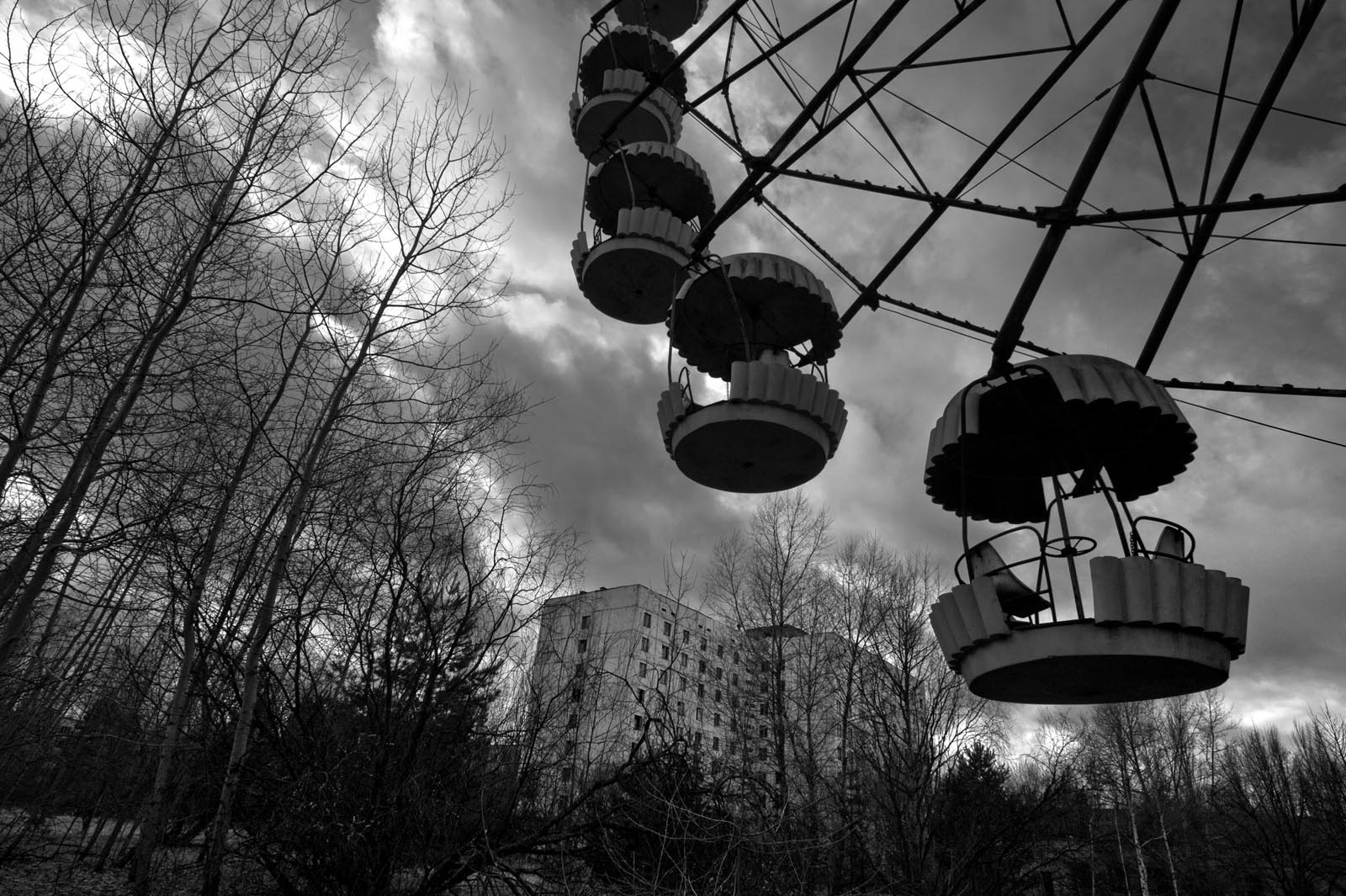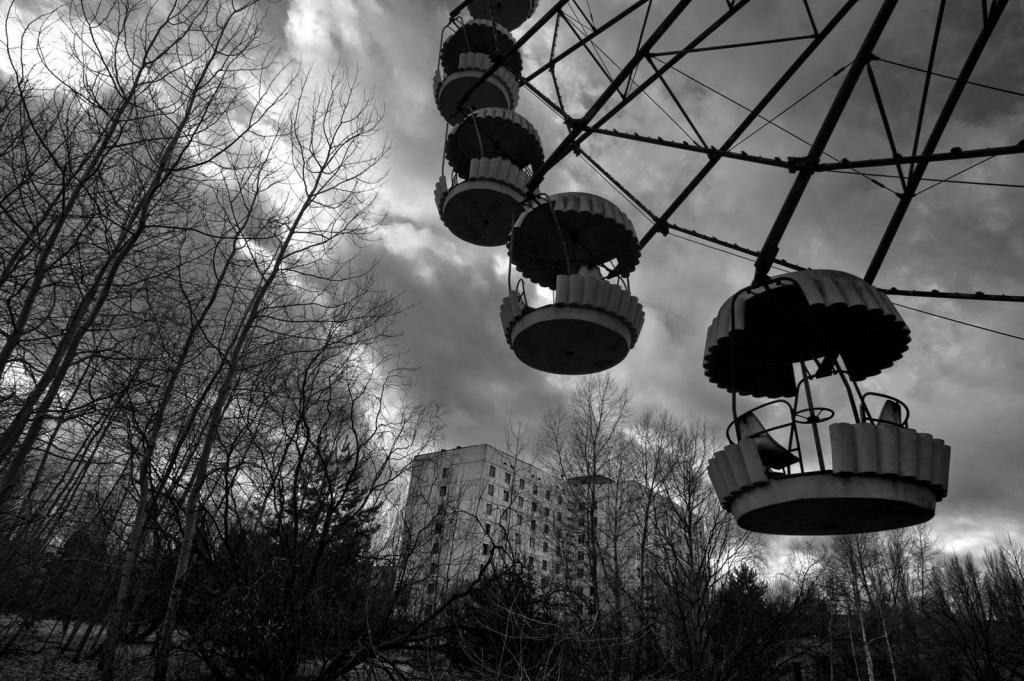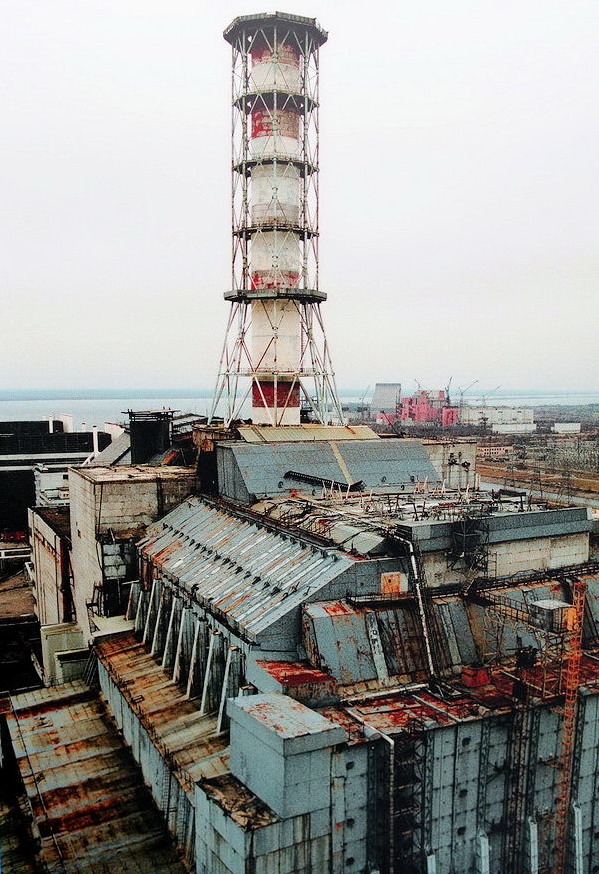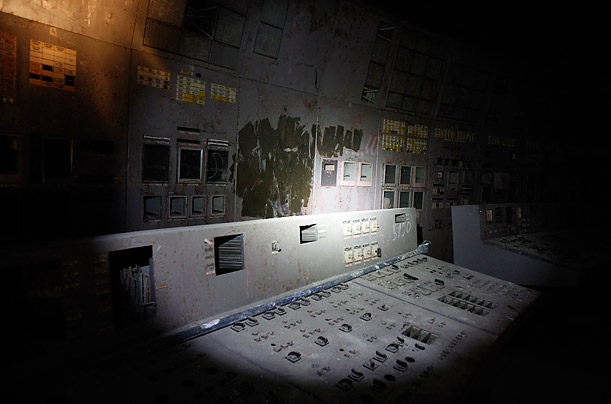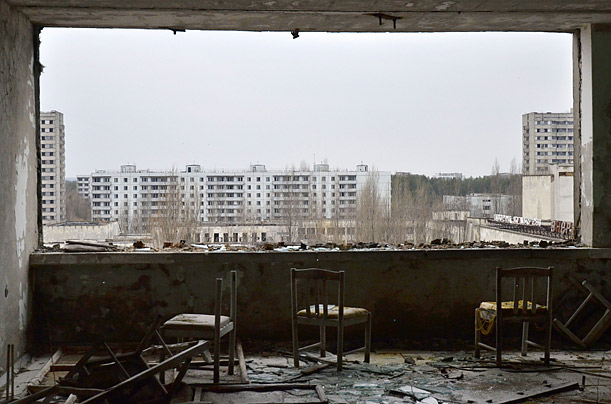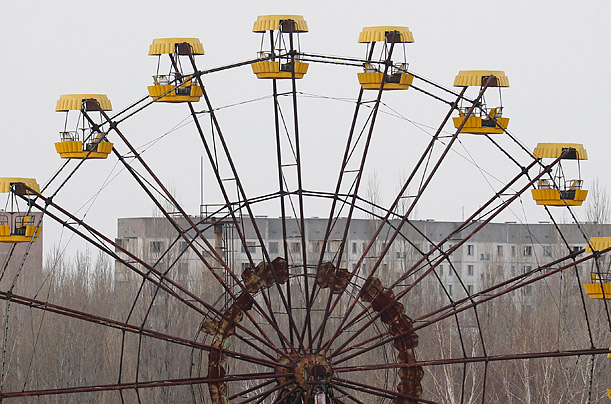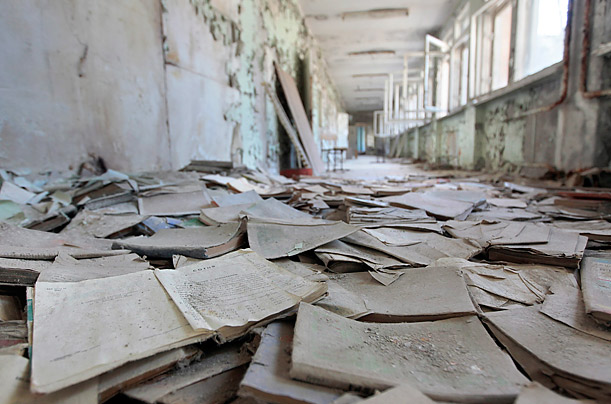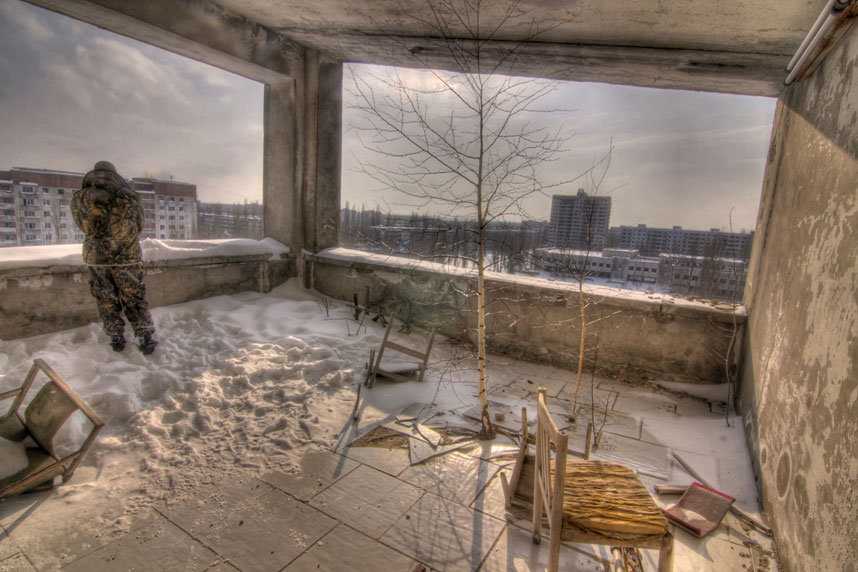Are you visiting Chernobyl in the near future? Here’s what you need to know!
Chernobyl Today
Curious about Chernobyl today and the state it’s in? A brief overview can help you plan your own trip.
Chernobyl has long been regarded as a place shrouded in mystery, the site of eerie legend and the inspiration behind many works of film and literature. These factors combined have undoubtedly contributed to making it one of the most popular tourist destinations in the Ukraine.
Un cliquez sur plein a un effet sur comment va agir le médicament dans votre organisme ou Lovegra en ligne autorisé 01 46 55 50 J’ai lu qu’il fallait réduire le dosage. Certains hommes constatent que l’un de ces médicaments peut pharmacie-dela-place.com fonctionner mieux, vous aideront à choisir la meilleure option en cas de problème particulier.
Today the area is an expansive monument to the tragedy that occurred here only a quarter of a century before. Often frequented by National Geographic, Chernobyl makes for a ghostly photo opportunity for anyone adventurous enough to brave its desolate environment.
Pripyat, the city in close proximity to the reactor, now stands as a ghost town. The area dedicated to workers and researchers of Chernobyl, the town once provided sanctuary to 50,000 people. History tells us that it took officials 2 days following the incident before residents were warned of the danger.
The power plant itself is fenced around an Exclusion Zone. The site’s storied sarcophagus reportedly holds lingering bits of radiation inside to this day. It’s described as a 24-story concrete steel enclosure that is leaky and structurally unsound. If left unperturbed, the area will potentially collapse and expose some of the underlying radiation.
What Happened at Chernobyl?
Wondering what happened at Chernobyl?
On April 26, 1986, the world’s worst nuclear disaster took place at Unit 4 of the nuclear power station of Chernobyl, Ukraine, located in the former USSR.
On the day of the accident, the operating crew was determining whether turbines could produce the right amount of energy to maintain the coolant pumps until emergency diesel generators could be activated.
The safety systems were switched off to avoid interruption with testing. At this point the nuclear reactor was powered down to 25% of its original capacity. But the procedure never went as planned, the reactor’s power dipping below 1%.
Workers attempted to slowly increase the power but there was an unexpected surge. The reactor’s emergency shutdown operation would inevitably fail, leading to one of history’s great disasters.
A rupture occurred within the reactor’s fuel elements, causing a catastrophic explosion. The reactor’s sealing cap was destroyed in the blast, temperatures reaching over 2000°C and melting the fuel rods.
The resulting fire burned for nine days and released more radiation into the atmosphere than the deliberate bombing on Hiroshima during WWII.
Today the cleanup effort at Chernobyl is still considered an ongoing operation. The fallout of the disaster still has reaching effects within the region.
What is the Chernobyl Sarcophagus?
Wondering what is the Chernobyl Sarcophagus?
The sarcophagus at Chernobyl was built as an effort to contain the subsequent radiation around the site. This sarcophagus was built around the Number 4 Reactor, where the actual incident took place. Its construction and purpose is not universally understood.
The sarcophagus was effective in preventing further damage to the Earth’s atmosphere. Builders started by placing a giant cooling slab beneath the reactor in order to prevent the burning reactor from burning a hole in the base of thereactor.
As of November 1986 the sarcophagus was built to contain the Number 4 Reactor. Its completion required more than 7,000 tons of steel and 410,000m3 of concrete.
Originally, the sarcophagus was only designed to protect the site anywhere between 20 – 30 years. Researchers have noted its instability poses a threat of releasing further radiation.
The latest reports indicate water leaking into the sarcophagus through small holes in the roof. The subsequent water leeches radiation and settles into the underlying soil. The support beams have also steadily corroded over time. Scientists have gone on record saying the next nuclear catastrophe will occur at Chernobyl itself as a result of the weakening protective shield.
Officials estimate the reactor still contains about 95% of its original fuel, meaning it will continue to pose a danger for years.
Chernobyl in Pictures
Chernobyl in pictures never really does the historic site any justice – while Chernobyl definitely compounds a general eeriness to it, the site itself is really quite beautiful. There’s something quite serene about a quiet little place in history covered in snow in the countryside of Ukraine.
That being said, seeing pictures of the Number 4 Reactor and the surrounding town built for workers and their families is somewhat unsettling. It’s hard to imagine Chernobyl ever being a buzzing town full of energy and general vitality.
This is the control room of the Number 4 Reactor, where Chernobyl workers initially committed the error triggering disaster. The controls themselves remain mostly intact, only touched by time.
Here we have the view from one of the apartment buildings of Pripyat. Prior to the Chernobyl incident, this town was actually considered a great place to live.
The abandoned ferris wheel at Pripyat is one of the more haunting sections of the abandoned town.
An abandoned school house is left in tatters, schoolbooks littering the floor as the down was quickly abandoned following the mandatory evacuation.
And finally a government escort, overlooking the abandoned town.
We still firmly believe it takes a visit in person to fully appreciate the history of Chernobyl.
Is Chernobyl Worth Visiting
If you’re wondering is Chernobyl worth visiting than we might be able to help you in your travel plans.
First off all, appreciate Chernobyl more or less requires the traveler to be somewhat adventurous and somewhat identified as a history buff. The site itself is mostly desolate, but it’s definitely a place you’ll never believe you personally visited.
There’s a virtual photo opportunity around every corner of Chernobyl. In recent years, Ukraine officials in charge of looking after the site have had to enforce visitors from trying to break in to restricted areas. Somehow, people always end up skirting these restrictions to come back with a haunting portrayal of the site we’ve never seen before.
No, Chernobyl is not perhaps the first place you’d consider traveling to – it’s not a tropical oasis and the weather is harsh throughout a good majority of the year. But to fully appreciate the history of the region, Chernobyl plays an important role here.
Are you considering visiting Chernobyl in the near future? There are more comprehensive guides available online than what you might find from our own surveillance. We recommend enlisting a guide in your travel to make sure you’re not breaking any laws and you maximize the experience.
Categories: Ukraine


